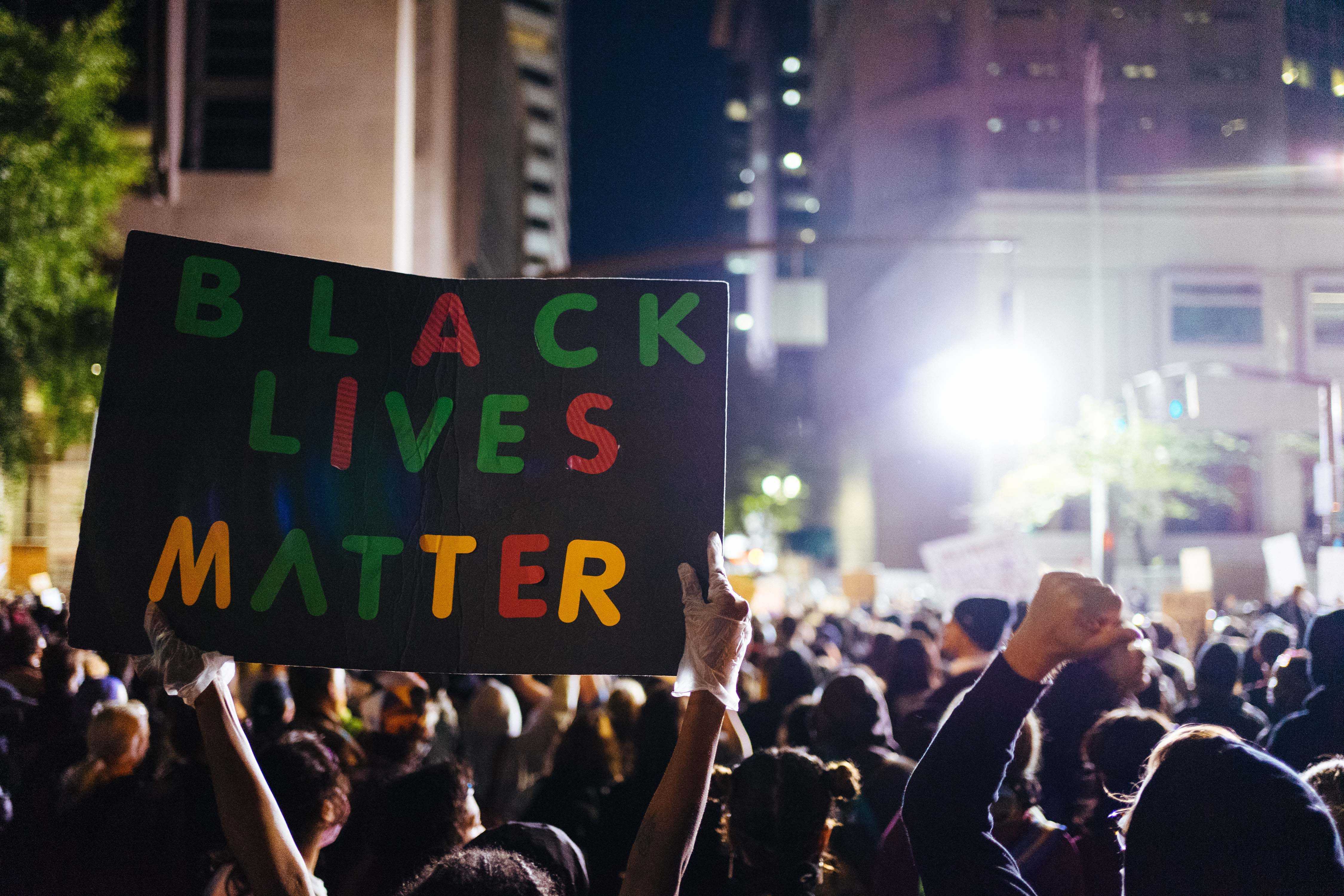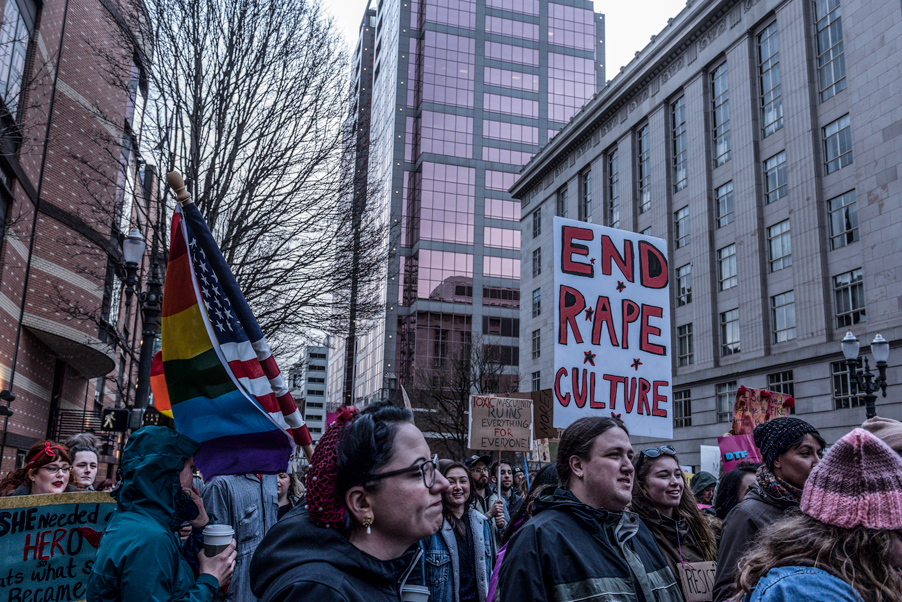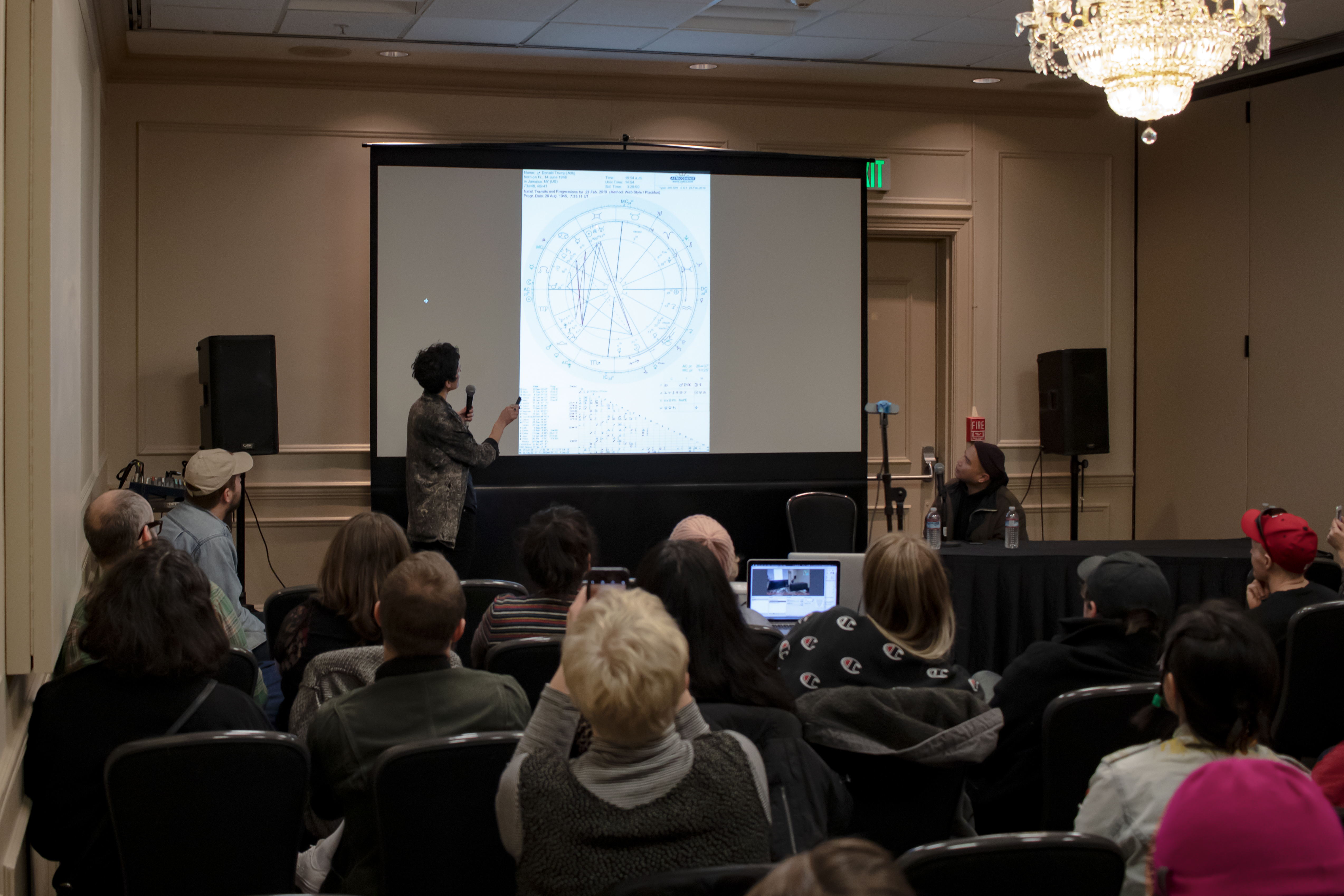Wednesday, June 3 marked the sixth consecutive night of protests in Portland against the killing of Black Americans, following the killing of George Floyd.
Around 8:30 p.m., protesters congregated in the Tom McCall Bowl before marching north down Naito Parkway toward Burnside Bridge. The group planned to cross the bridge to help a smaller group of protesters, but this proved to be misinformation, and the group marched to the Justice Center, converging with another group of protesters around 10 p.m.
After multiple nights of tear gas, flash-bangs and rubber bullets, police were subdued as they stood under floodlights on 3rd Avenue and behind a chain-link fence, resorting only to asking for the protest to remain peaceful over a loudspeaker.
While riot agents such as tear gas and flash-bangs weren’t deployed, word circulated through the crowd that police had a Long Range Acoustic Device (LRAD)—a sound cannon—on sight, and protesters handed out earplugs just in case.
Wednesday’s protest followed a Portland City Council meeting that same day, during which City Commissioner Chloe Eudaly asked the Portland Police Bureau to stop deploying tear gas, according to Willamette Week. “The Geneva Convention banned the use of tear gas. I think we should, too,” Eudaly said. “I am absolutely horrified by what I saw last night. It is sadistic to be using tear gas in the middle of a public health crisis. It’s attacking people’s respiratory symptoms.”
One protester, who provided first-aid supplies, has been out every night since the first, and has been exposed to tear gas or flash bangs each night. “[I’m] just out here making sure people have food, water, and making sure everyone is getting treatment for tear gas,” the protester said.
With a lack of police force came quarreling among protesters about whether or not the protest should remain peaceful. As some protesters spoke with police through the chain-link fence others in the crowd condemned their actions. “I think this is not appropriate,” said a protester to another protester. “They’re armed to attack you right now.”
A similar quarrel broke out away from the fence. “[If] you’re not willing to die for this, there’s no point,” said one protester to another in the argument. “It is a protest, it is not peaceful.”
But the protest remained mostly peaceful. Through a loudspeaker raised above the crowd by the hands of protesters, a protester—who said they were the son of a former NAACP president—tried to rally the crowd. “We can’t keep coming here as a group and not have focus,” the protester said.






